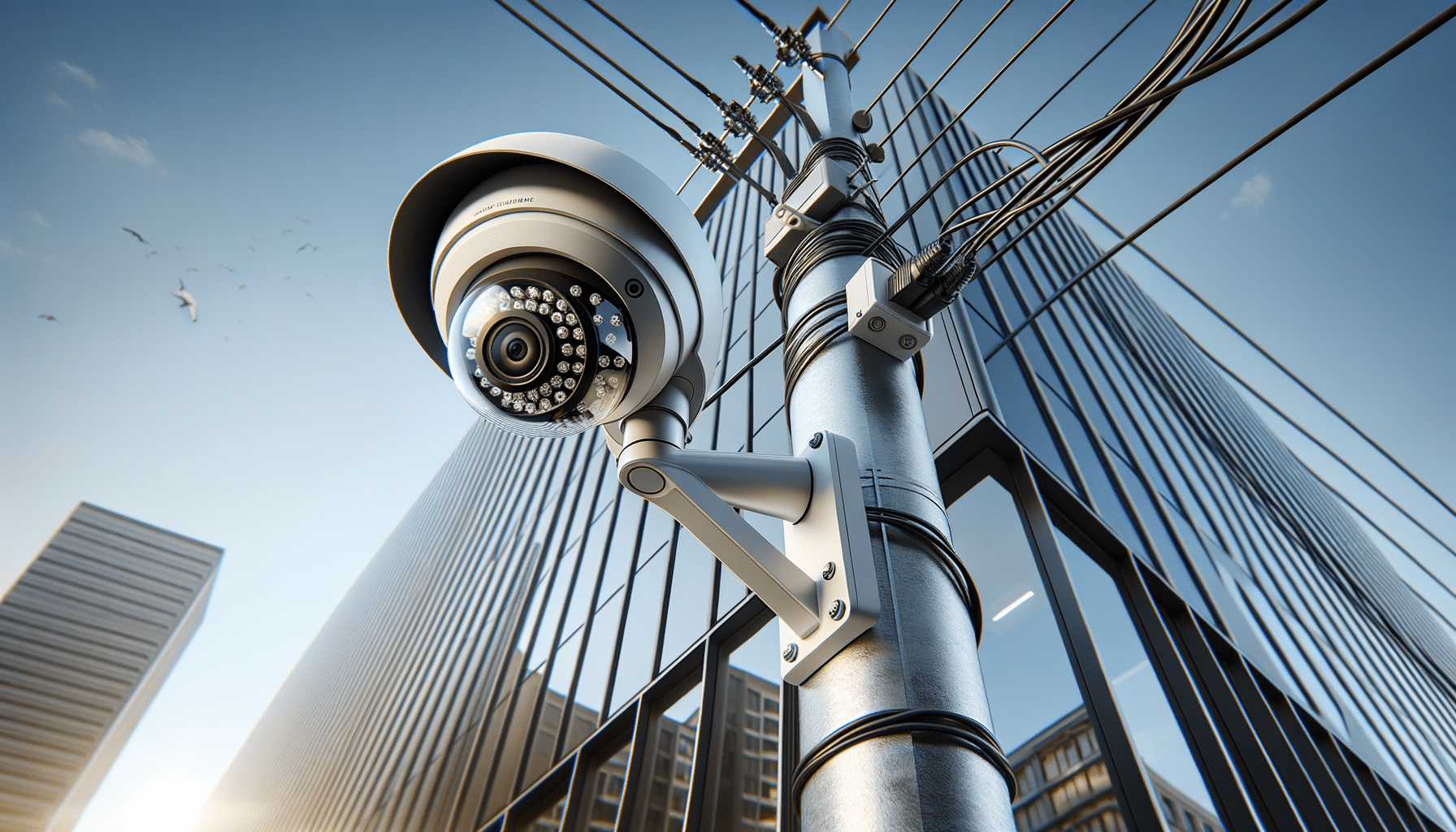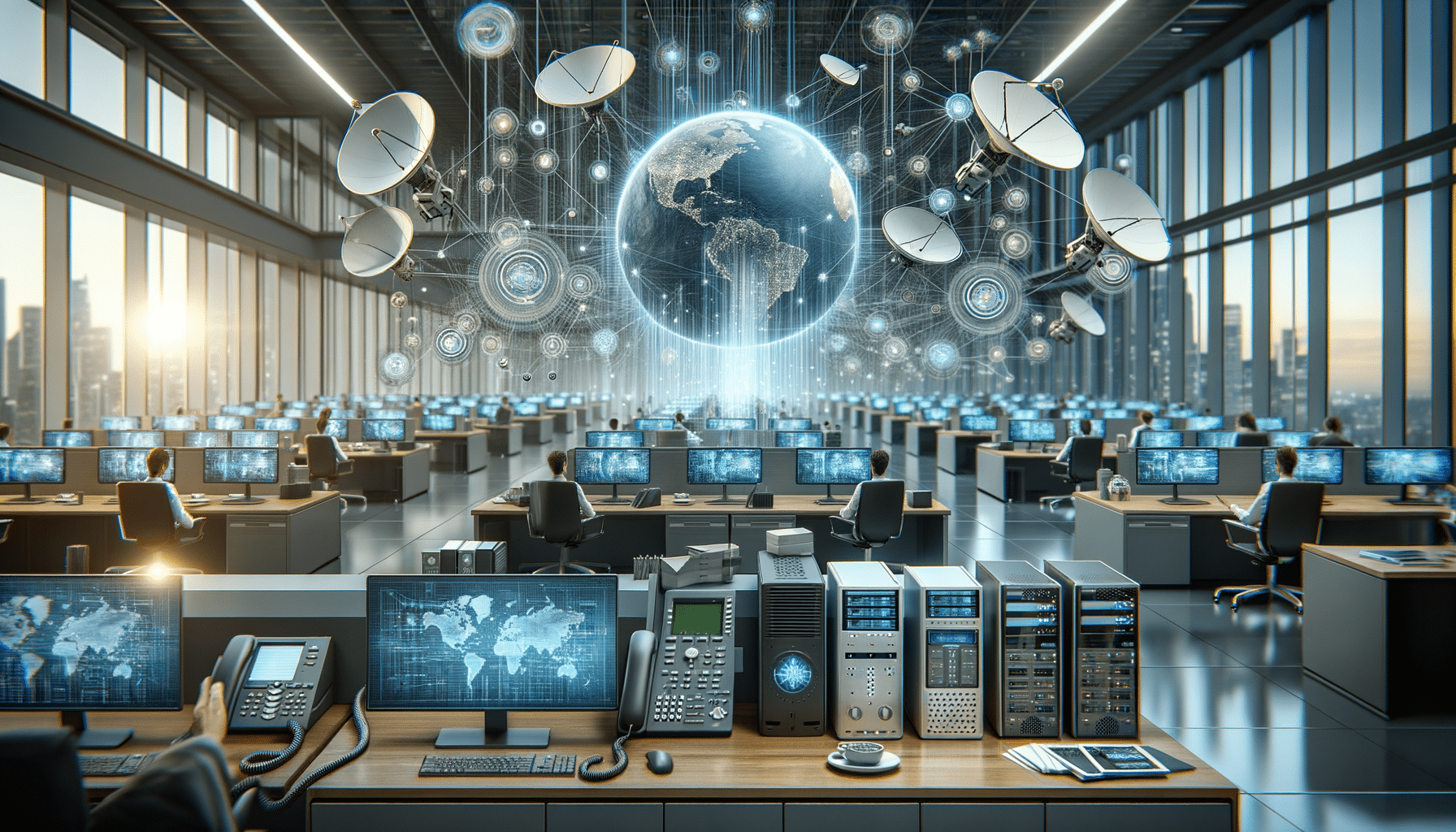
Upgrade Your Security with Cutting-Edge Camera Technology
Introduction to Security and Surveillance Cameras
Security and surveillance cameras have become an integral part of modern safety strategies. With advancements in technology, these devices offer more than just a passive watch over properties; they provide active deterrence, evidence collection, and peace of mind. As we delve into the world of security cameras, we’ll explore their evolution, features, and the role they play in safeguarding our homes and businesses.
The Evolution of Surveillance Technology
The journey of surveillance technology is nothing short of remarkable. From the rudimentary CCTV systems of the past to today’s sophisticated IP cameras, the evolution has been driven by the need for enhanced security and better data management. Early systems were bulky and required extensive wiring, limiting their placement and effectiveness. In contrast, modern cameras are compact, wireless, and equipped with high-definition capabilities.
One of the most significant advancements is the integration of artificial intelligence. AI-powered cameras can now recognize faces, detect unusual activities, and even differentiate between humans and animals. This not only reduces false alarms but also enhances the accuracy of threat detection. Furthermore, cloud storage solutions have revolutionized data management, allowing users to access footage from anywhere in the world.
As technology continues to advance, we can expect even more innovative features, such as enhanced night vision, thermal imaging, and improved connectivity options. These developments ensure that surveillance technology remains at the forefront of security solutions.
Key Features of Modern Security Cameras
Modern security cameras boast a plethora of features designed to enhance security and provide comprehensive monitoring solutions. One of the standout features is high-definition video quality, which ensures clear and detailed footage that can be crucial in identifying intruders or suspicious activities.
Another essential feature is motion detection, which triggers recording only when movement is detected, conserving storage space and making it easier to review footage. Many cameras also come with two-way audio capabilities, allowing users to communicate directly with individuals on their property.
Moreover, the integration of smart technology enables cameras to connect with other devices, such as alarms and lights, creating a cohesive security ecosystem. Remote access through mobile apps ensures that users can monitor their properties in real-time, no matter where they are.
These features make modern security cameras a versatile and effective tool in maintaining safety and security.
Choosing the Right Camera for Your Needs
Selecting the right security camera involves considering various factors to ensure it meets your specific needs. The first step is to determine the primary purpose of the camera. Is it for home security, business surveillance, or monitoring outdoor spaces? Each scenario may require different features and capabilities.
For instance, outdoor cameras should be weather-resistant and equipped with night vision to handle varying environmental conditions. Indoor cameras, on the other hand, can focus more on aesthetics and integration with home automation systems.
It’s also crucial to consider the camera’s resolution, field of view, and storage options. Higher resolution cameras provide clearer images, while a broader field of view covers more area. Storage options can range from local storage on SD cards to cloud-based solutions, each with its own advantages and considerations.
By carefully evaluating these factors, you can choose a camera that not only fits your budget but also provides the security coverage you need.
Future Trends in Security Camera Technology
The future of security camera technology is poised to bring even more exciting developments. As artificial intelligence and machine learning continue to evolve, cameras will become even smarter, capable of predicting potential security threats before they occur.
Integration with smart home systems is another trend that will likely gain momentum. Cameras will seamlessly communicate with other devices, creating a fully automated and responsive security network. This could include features like automatic door locking when suspicious activity is detected or sending alerts directly to law enforcement.
Furthermore, advancements in biometric technology may enable cameras to identify individuals based on unique physical characteristics, enhancing security measures while maintaining user privacy.
These trends indicate a future where security cameras are not just passive observers but active participants in maintaining safety and security.
Conclusion: Enhancing Security with Modern Cameras
Security and surveillance cameras have come a long way, offering a range of features that make them indispensable in today’s security landscape. By understanding their evolution, features, and future trends, users can make informed decisions that enhance their safety and provide peace of mind. Whether for home or business use, modern cameras offer a reliable and effective solution for protecting what matters most.


